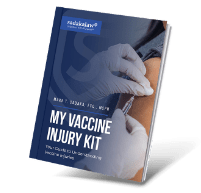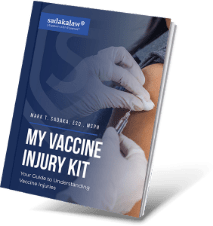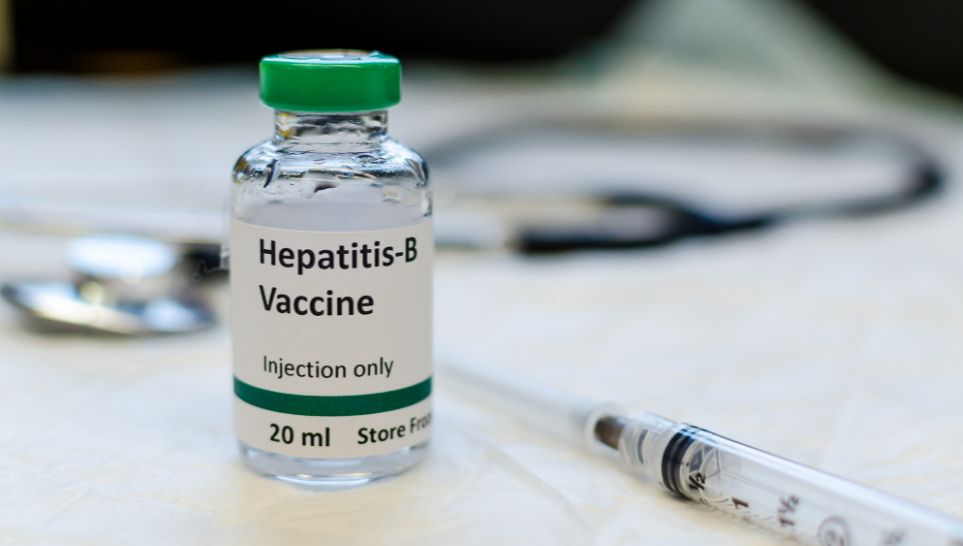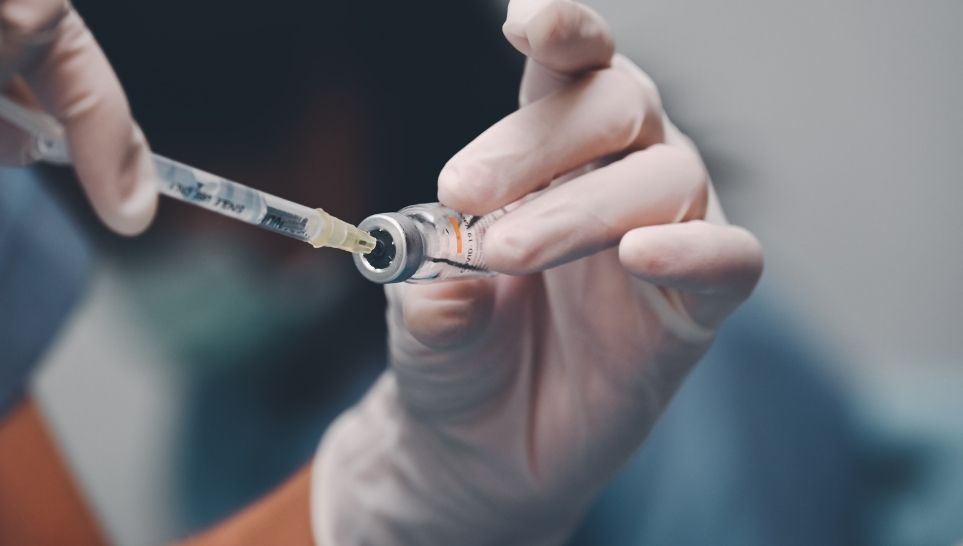
Shingrix is a vaccine that helps prevent shingles. It is the newer vaccine that has largely replaced Zostavax as the preferred vaccination. It received this designation back in 2017 shortly after it was approved for use by the FDA. It is manufactured by Glaxo Smith Kline and is used in adults over the age of 50.
Shingrix is a different type of vaccine than those that were previously used to immunize against shingles. The older vaccines all used a weakened form of the virus. Shingrix, however, does not contain a live form of the virus. One of the benefits of Shingrix is that those with compromised immune systems can receive the vaccine.
The vaccine has been a huge moneymaker for Glaxo since it was introduced to the market. Sales of the vaccine have already surpassed $1 billion and will soon reach $2 billion. The other live virus forms of the shingles vaccine have begun to be phased out from the marketplace. However, there has been a shortage of Shingrix as the demand has outstripped the supply.
While Shingrix has been widely touted as safer than the more dangerous Zostavax, the newer vaccine is not without its complications. In fact, the side effects of Shingrix are still becoming known as the vaccine becomes more widely used. Most people who have received a Shingrix injection have experienced some kind of side effects after the vaccination. In fact, some studies have shown that as many as 70 percent of vaccine recipients have reported experiencing varying degrees of pain after the injection. Of those who experience pain, many of these people will experience joint and muscle pain.
During the first 13 months that Shingrix was available, there have been 155 reports of adverse events into the FDA’s reporting system. Some of these adverse events result from the fact that there have been errors in administering the vaccination. A handful of medical personnel mixed up Shingrix with Zostavax and administered the vaccine in the same way that they would give Zostavax, causing injury. Shingrix is supposed to be given as a two-dose intramuscular injection as opposed to a single subcutaneous injection.
While the early results from Shingrix seem to be that it is safer than the more dangerous Zostavax, there are still some reports of serious side effects. There have been over 4,000 reports of side effects from Shingrix in the VAERS. Most of these reports do not involve serious side effects. However, there have been over 100 reports of severe side effects, some of which involve hospitalization. As of now, there are still no patterns to the serious side effects as reports are still being analyzed and processed. So far, three percent of the adverse event reports involve serious side effects.
The most common side effects have involved fever and chills. There are also reports of pain in the arm and swelling. There have been reports of seven deaths of patients who had just recently received Shingrix injections. There is no proof yet that these deaths are directly attributed to Shingrix. Several of the patients who died already had cardiovascular disease and two died from sepsis due to immunosuppression.
Many of the adverse events involve pain of some sort. A small number of patients have reported burning pain in the area of the injection. While the number of patients experiencing side effects is expected to decrease from Zostavax, the intensity of the side effects may increase.
One possible negative result is that many patients may hesitate to finish their course of vaccinations due to the pain associated with Shingrix. Since Shingrix is a two-dose series of injections, patients will need both doses in order for the vaccine to be fully effective. However, many patients report pain to some degree after the first vaccination. The fear is that patients will stop their vaccination once they feel pain and will then end up unprotected from shingles, leaving themselves open to even more pain if they contract the disease.
There are no reports yet of lawsuits associated with Shingrix that result from complications or side effects. Merck is facing a large number of lawsuits from Zostavax, including one that has escalated to the United States Supreme Court.
In the event that there are lawsuits that result from Shingrix, they would be filed in court as opposed to claims made through the Vaccine Injury Compensation Program. The VICP is reserved for vaccines that are given to children. Shingles vaccines are only administered to those over the age of 50 so any lawsuits must be brought as a usual drug injury lawsuit would.
If you have suffered damages from Shingrix, you will need a lawyer to represent you as you pursue compensation. Especially with a new vaccine where the side effects are still being learned, it is essential to have an attorney with the expertise to understand how vaccines work scientifically and how to file a vaccine injury lawsuit. The Sadaka Law has represented hundreds of vaccine injury victims in their attempts to obtain the compensation that they deserve for their injuries. If you or a loved one has suffered an injury from a vaccine contact them for a free evaluation of your case.





